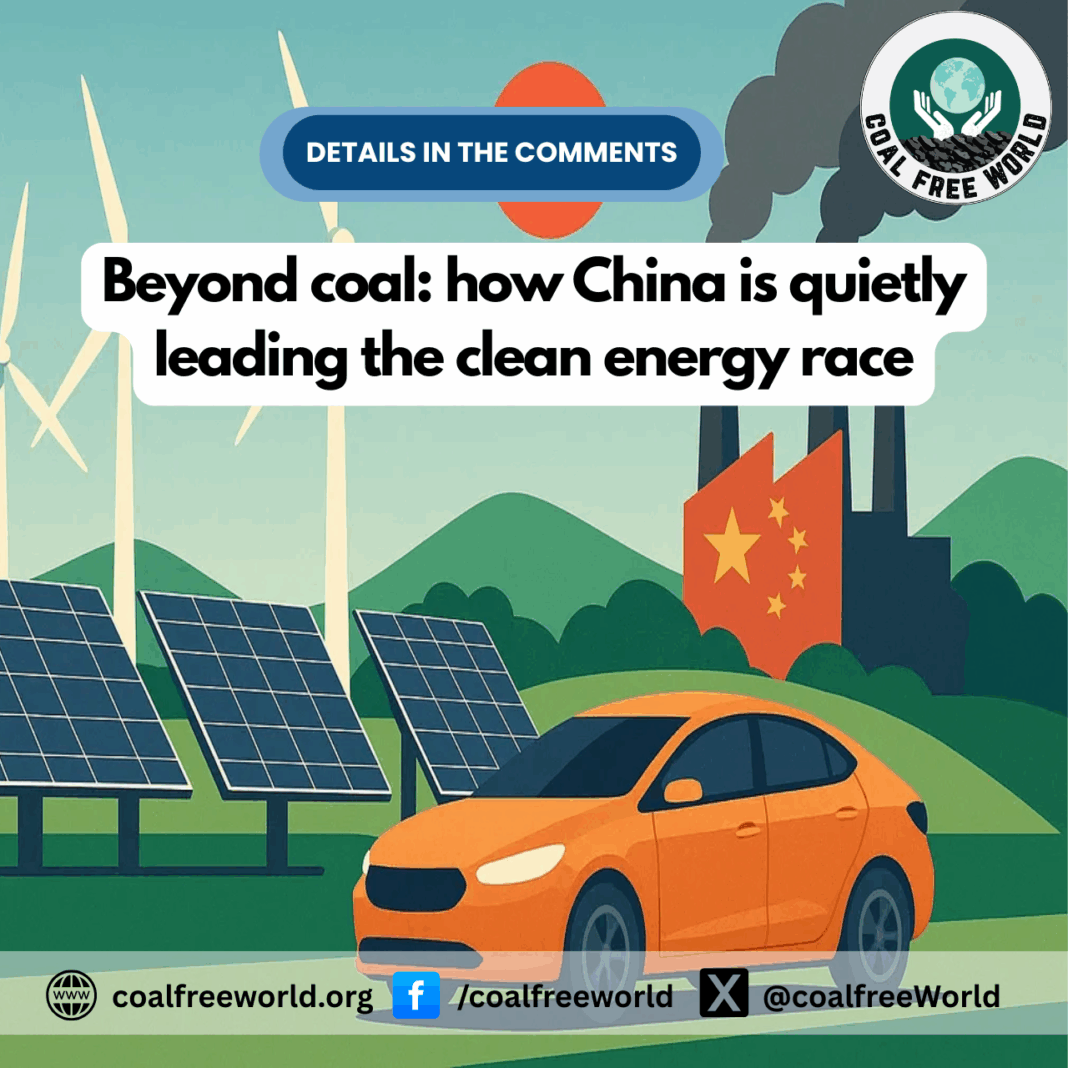For years, the prevailing narrative around China and climate change has been relatively one-dimensional: the world’s largest carbon dioxide emitter, heavily reliant on coal, home to smog-choked cities, and powered by an economy deemed environmentally unsustainable. But the latest data paints a far more nuanced — and in some respects, remarkably hopeful — picture.
According to recent, robust analyses, China has finally managed to reverse its carbon emissions trend. And this drop is not the result of a temporary economic slowdown or reactive policy. Rather, it reflects a deliberate, large-scale and methodically executed transformation built on three strategic pillars: an unprecedented rollout of renewable energy, mass electrification of transportation and a fundamental overhaul of the electricity market.
Understanding what this means at Chinese scale is essential, because the magnitude is difficult to grasp using Western benchmarks. In 2024 alone, China installed more solar capacity than the rest of the world combined. It now accounts for more than half of all global solar PV installations, with wind power capacity similarly dominating the global rankings. Supplying its vast domestic market has enabled Chinese manufacturers to become world leaders, both in volume and competitiveness. This expansion is powered by…




